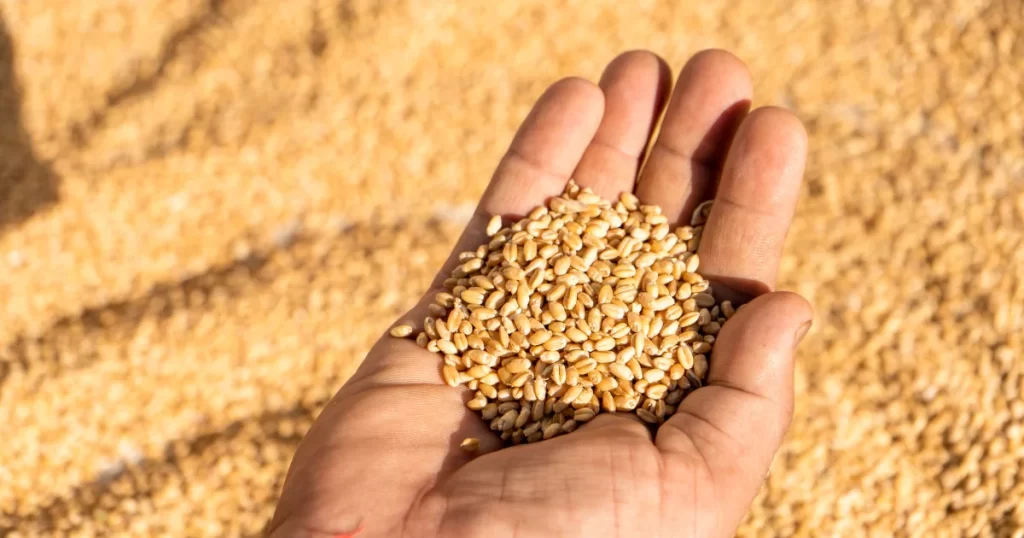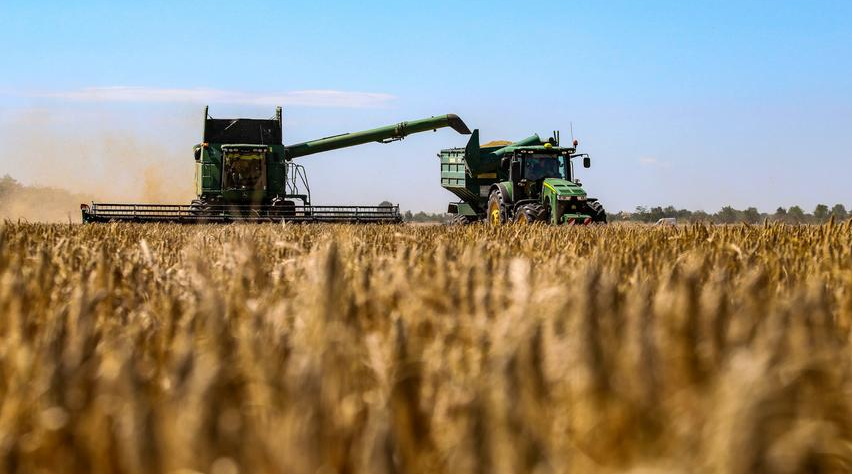- Web Desk
- 12 Minutes ago

Pakistan faces looming wheat crisis as farmers incur heavy losses
-

- Zahid Gishkori Mujahid Hussain
- May 06, 2025

ISLAMABAD: Pakistan is heading towards a major wheat crisis by the end of the year, with estimates suggesting the government and private sector may need to import up to five million metric tonnes of wheat at a cost of around $3 billion to meet domestic food requirements.
Senior officials told Hum Investigations that despite producing an estimated 28 million metric tonnes of wheat this year, the sector is under severe strain.
Farmers are reportedly losing Rs1,500 per 40kg due to falling market prices, while policymakers and profiteers remain unaccountable.

Farmers interviewed by Hum Investigation Team expressed frustration that their voices are being ignored amid concerns of another wheat smuggling spree or hoarding spree — leading once again to flour shortages and long queues across the country.
It may be added that the Punjab government in mid-April approved Rs15 billion for 550,000 wheat farmers, under the Wheat Support Fund.
However, the Punjab farmers’ association rejected the package a week later, saying, “We will massively reduce cultivation of wheat next year. This year, we have suffered an irreparable loss in wheat cultivation…the costs of electricity, urea and fertilizer are all very high for Punjab’s farmers.”
On the other hand, data shows that every Pakistani consumes roughly 125 kilograms of wheat annually. The Pakistan Agricultural Research Council notes that wheat flour and its derivatives form the backbone of the national diet, accounting for nearly 72 percent of an average person’s daily calorie intake.
Despite being one of the world’s top wheat-producing countries, Pakistan now faces a shortage. In Punjab and Khyber Pakhtunkhwa, the harvest is ongoing, while farmers in Sindh have already completed the process. But as they look to sell their surplus, they face dismally low market prices of Rs2,000-2,100 per 40kg — against an average production cost of Rs3,300-3,400.

One shocking comparison revealed by Hum Investigation shows that the market value of 175 maunds of wheat is now less than the price of a single tola of gold.
This year’s wheat production is expected to fall short of last year’s output of 31.6 million metric tonnes — an 11 to 13 percent decline attributed to dry weather, water shortages in rain-fed areas, and a 6.8 percent drop in cultivated area.
While the federal government claims a production figure of 28.42 million tonnes — enough to meet the national target — experts point to the widening supply-demand gap. Pakistan’s annual wheat demand stands at nearly 31 million metric tonnes, which may necessitate the import of at least 1.7 million tonnes. However, a ban on wheat imports and exports has been in place since July 2024.

Agricultural economists blame poor government planning, policy uncertainty, climate change, and the shift from a regulated to deregulated wheat market — reportedly under pressure from the IMF — for the crisis. Many farmers are now shifting to cash crops that offer better returns, further threatening future wheat supply.
Repeated attempts by Hum Investigation Team to get official comment from the concerned federal and provincial authorities went unanswered.





